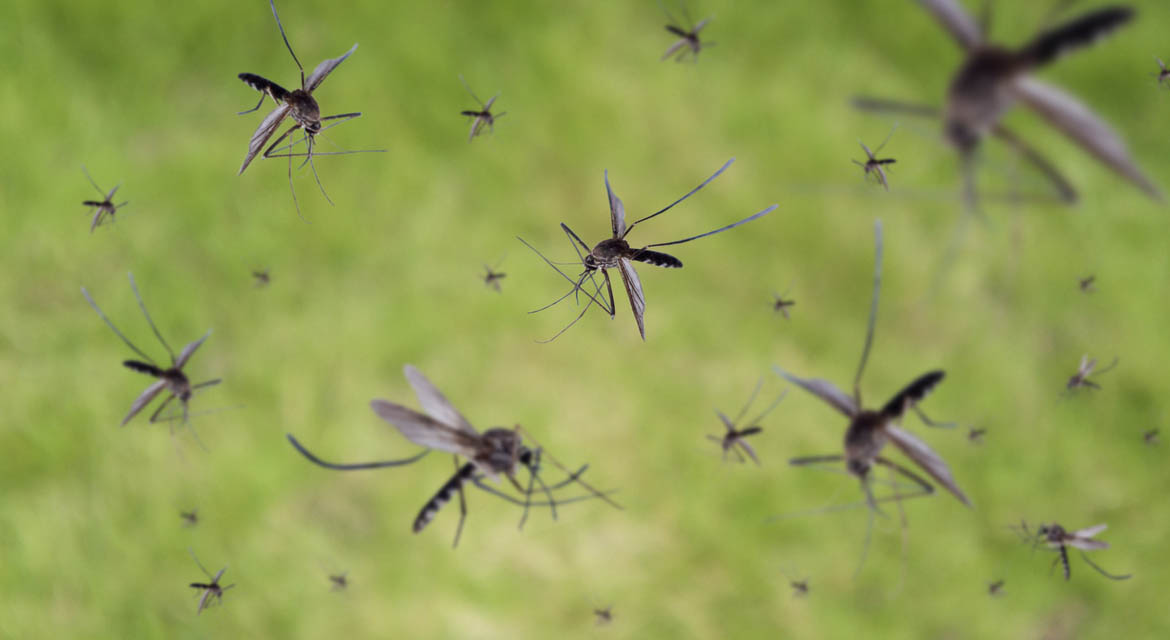Mosquito Facts & Information
Mosquito Overview
Mosquitoes are small, flying insects that belong to the family Culicidae. They are known for their ability to annoy and pose significant health risks to humans and animals. Mosquitoes are found worldwide, with over 3,000 species identified to date. These insects have slender bodies, long legs, and distinctive, needle-like mouthparts called proboscises, which they use to pierce the skin of their hosts and feed on their blood. While only female mosquitoes typically engage in blood-feeding to nourish their eggs, both males and females primarily feed on nectar and other sugary substances. Unfortunately, mosquitoes are vectors for various diseases such as malaria, dengue fever, Zika virus, and West Nile virus, making them a formidable global public health concern. Effective mosquito control measures, such as insect repellents and mosquito nets, are essential to mitigate the risks they pose to human health.
What do Mosquitoes Look Like?
Mosquitoes exhibit distinct physical characteristics that set them apart from other insects. They are generally small, ranging in size from 3 to 6 millimeters in length, with a slender and elongated body. Their most recognizable feature is their long, needle-like mouthparts called proboscises, which they use for feeding. Mosquitoes have two pairs of wings, with the hind wings typically smaller and more feathery than the front wings. Their six legs are long and slender, often with fine hairs. Mosquitoes come in various colors, but they are commonly gray or brown, with some species displaying more distinctive markings such as stripes or spots on their bodies and legs. These physical characteristics, along with their habit of buzzing around in search of hosts, make mosquitoes easily recognizable and often unwelcome visitors in many parts of the world.

Not the pest you are looking for?
Check out our pest library to see what other pests we have articles on
Mosquito Pest Control
Mosquito pest control is a crucial aspect of public health and well-being, given the significant health risks associated with mosquito-borne diseases. Various methods are employed to manage mosquito populations and reduce their impact. These methods include the use of insecticides, both for larval control in breeding habitats such as stagnant water sources and for adult mosquito control through fogging or spraying. Additionally, physical barriers like mosquito nets and screens on windows and doors are effective in preventing mosquito entry into homes. Personal protection measures, such as applying insect repellents and wearing protective clothing, are also essential in areas where mosquitoes are prevalent. Moreover, community efforts like eliminating standing water, where mosquitoes breed, and implementing integrated pest management strategies play a vital role in reducing mosquito populations and the diseases they transmit. Overall, effective mosquito pest control requires a multi-pronged approach that combines various strategies to mitigate the risks mosquitoes pose to public health.

